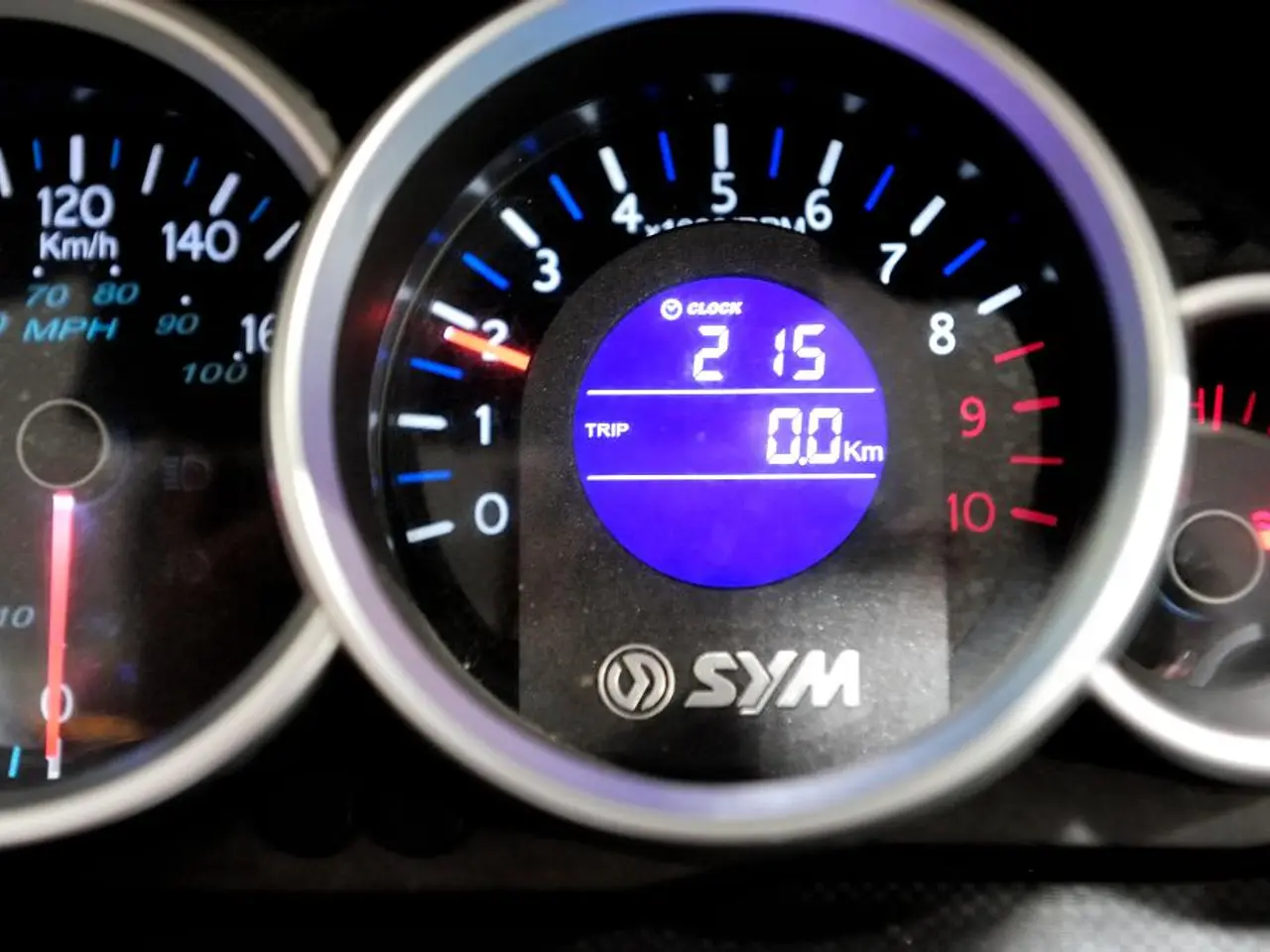Analyzing the electrical characteristics of Printed Circuit Boards, cables, and interconnects: Impedance, Dielectric Constant, Velocity Factor, and Physical Lengths.
In the realm of high-speed electrical transmissions, precision and accuracy are paramount. Enter Picotest's PerfectPulse® TDR/TDT system, a revolutionary tool designed to measure the impedance, dielectric constant, velocity factor, and cable length of PCBs, cables, and interconnects.
The dielectric constant of a transmission line or PCB is the ratio of its permittivity to the permittivity of free space. This crucial value is directly related to the velocity factor of the transmission line, which in turn affects the speed at which signals travel.
Cable crimps, particularly in low-cost cables, are a common point of degradation that can significantly impact the quality of measurements. However, with Picotest's PerfectPulse®, these issues can be effectively addressed.
The system works by sending a fast pulse through the device under test (DUT) and observing reflections caused by impedance mismatches in PCBs, cables, or connectors. The timing and amplitude of these reflections reveal the impedance profile of the DUT over its length, which can be used to determine characteristic impedance and detect faults.
By measuring the time delay for a pulse to travel through a cable or interconnect and reflecting back, the system calculates the cable length based on known signal velocity. Since the velocity factor is related to the propagation speed relative to the speed of light, and the dielectric constant influences this speed, analyzing these delays allows extraction of the material's dielectric constant and velocity factor.
The PerfectPulse®, a low-cost, pocket-sized instrument with ultra-fast edge rates, is specifically designed for these measurements. It can measure PCB test coupon impedance, cables, bad crimps, trace length, dielectric constant, and velocity factor. Controlled impedance PCBs often include a measurement "coupon" with sample traces, each 6 inches long, to facilitate accurate measurements.
High-quality adapters, preferably calibration quality adapters, are recommended for TDR connections. In the TDR measurement setup, one TDR splitter port is connected to the oscilloscope, and the second TDR port is connected to the measurement sample using a high-quality cable, high bandwidth 1-port probe, or connectors as applicable.
Modern circuit designs depend on accurate logic signals at the logic receiver. Even minor discrepancies can lead to malfunctions or errors. With Picotest's PerfectPulse®, these issues can be identified and rectified, ensuring the smooth operation of high-speed electronic systems. It is advisable to verify the instrument cables and interconnects at regular intervals to maintain the precision of measurements.
In conclusion, Picotest's PerfectPulse® TDR/TDT system offers a cost-effective solution for characterising high-speed interconnects and PCB trace parameters. Its high-resolution time-domain reflectometry (TDR) and time-domain transmission (TDT) technique allow for precise location of impedance discontinuities, determination of characteristic impedance, measurement of signal propagation delay, and calculation of dielectric properties and cable length from timing and reflection data.
The PerfectPulse®, a low-cost impedance calculator, is specifically designed to measure the impedance, dielectric constant, velocity factor, and cable length of high-speed interconnects and PCB traces. By employing data-and-cloud-computing technology, the system calculates these parameters from the timing and amplitude of reflections caused by impedance mismatches within the tested components. In the science of high-speed electrical transmissions, this technology plays a crucial role in detecting and rectifying issues that may impact the quality and smooth operation of electronic systems, thanks to its precision and accuracy.




